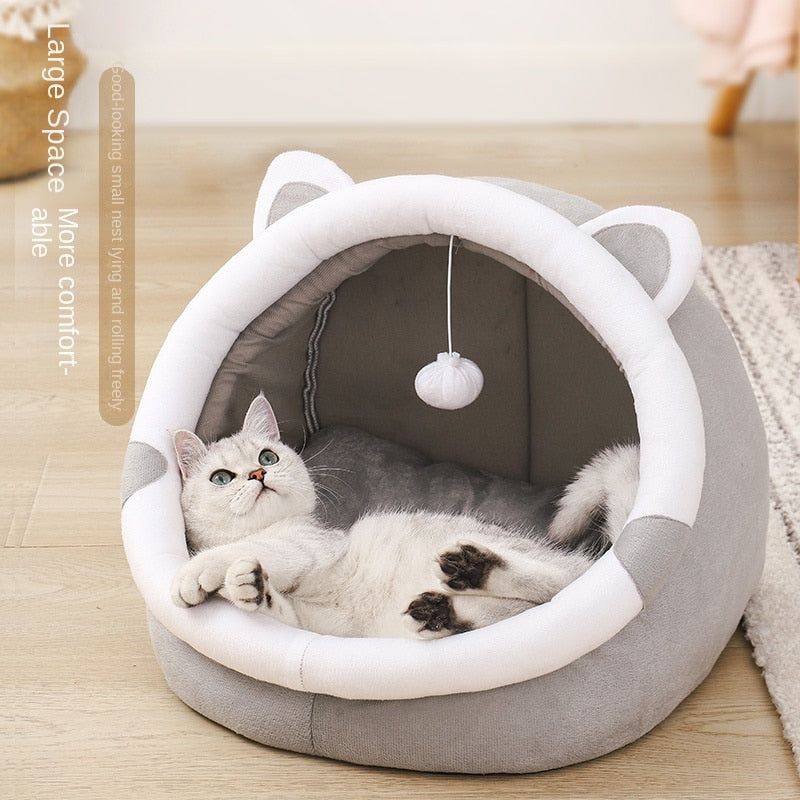The World of Kids' Toys: Imagination, Learning, and Fun
Toys are much more than just playthings; they are instruments that help kids discover, develop, and grow. The interesting world of children's toys has a diverse range of possibilities, each of which has a specific function in a child's growth. In this post, we'll examine the value of toys in children's lives and look at several toy types that benefit kids' general wellbeing.
Toys' Effect on Children's Development
Toys are essential for a child's growth, which includes their physical, mental, and emotional development. Here are several ways toys support a child's growth in different areas:

1. Cognitive Development: Educational games, riddles, and building blocks encourage critical thinking, problem-solving, and spatial awareness. Children are encouraged to explore, experiment, and use their brains with these toys.
Action figures, painting tools, and sporting goods are examples of toys that improve both fine and gross motor abilities. Through play, kids may hone their physical strength, dexterity, and hand-eye coordination.
3. Social and Emotional Development: Playing with toys may help children express their emotions and communicate with others. Children may learn about collaboration, empathy, and communication by playing board games and using dolls and role-playing toys.
4. Imagination and Creativity: Children may develop their imaginations with the help of open-ended toys like painting kits, dress-up outfits, and construction sets. These playthings encourage imagination, narrative, and the formation of a child's own worldview.
5. Language and Communication: Storytelling toys, including as books, puppets, and educational games, aid in the development of language. Children acquire new vocabulary, hone their language abilities, and investigate story structure.
Types of Children's Toys
A broad variety of interests, ages, and educational requirements are catered to by the wonderfully diversified world of children's toys. Here are some important toy categories that improve children's lives:

1. Educational toys: These playthings are intended to encourage learning and mental growth. They consist of interactive novels, arithmetic games, and scientific kits. Learning is made more fun by educational toys, which often follow school curriculum.
2. Outdoor toys: Playing outside is important for both physical health and general wellbeing. Children are encouraged to appreciate the great outdoors, improve their motor skills, and partake in physical activity via bicycles, balls, swings, and playsets.
3. Building and construction toys are creative and problem-solving boosters. Children may design, create, and experiment with architectural and engineering principles with the use of building blocks, LEGO sets, and construction kits.
4. Art & craft supplies: Children need to express themselves creatively. Coloring books, crayons, markers, clay, and craft supplies provide kids a creative and expressive outlet.
5. Role-playing and pretend play toys: These toys encourage social and imaginative growth. Children may act out events, play roles, and explore their emotions with the use of dolls, action figures, play kitchens, and costumes.
6. Board games and puzzles: These games and activities promote problem-solving, cooperation, and strategic thinking. Board games like chess, Monopoly, and Scrabble teach players how to think critically and connect with others.
7. Musical Instruments: Music sparks imagination and sharpens mental faculties. Children are introduced to the world of melody and rhythm via the use of instruments like keyboards, xylophones, and even basic shakers.
8. Electronic and tech toys: As technology develops, learning via play opportunities increase. STEM (science, technology, engineering, and mathematics) toys, robotic kits, and educational tablets all mix fun and education.
Age-Related Appropriateness and Toy Safety

It is crucial to make sure that toys are safe. Age-appropriate toys should be chosen carefully by parents and caregivers since toys with tiny components or intricate systems might be dangerous for younger children. Always look for choking risks and age recommendations. In addition, it is essential to regularly check toys for damage to preserve kid safety.
The Influence of Play
Play is important for a child's early years and is more than simply enjoyment. Children use toys as their primary means of exploration and learning about the world. Here are some more details on the world of children's toys:
1. Imagination and narrative: Toys are often used to facilitate creative play and storytelling. A child's intricate story might include a small stuffed animal as a character. Playing in this way fosters the development of language, creativity, and emotional expression.
2. Fostering Bonding and Social contact: Playing with toys encourages social contact, whether it be between friends building a house together, siblings playing board games, or parents and kids playing together. These communal activities promote kinship and provide vital social skills.
3. Early Learning: A lot of toys are made expressly to help early learning and get kids ready for school. Children may be introduced to letters, numbers, shapes, and fundamental scientific concepts via the use of educational toys in a fun and engaging way.
4. varied Representation: In recent years, the toy business has grown to be more inclusive and varied. A more inclusive worldview may be fostered in children by providing toys that reflect many cultures, abilities, and family arrangements, which is something that is becoming more recognized.
5. Sustainability: A emphasis on eco-friendly and sustainable toys has emerged as a result of rising environmental consciousness. Nowadays, a lot of parents look for toys made of recyclable and natural materials, encouraging kids to be environmentally aware from an early age.
6. Screen-Free Play: Given how commonplace digital gadgets are, many parents try to balance their kids' screen time with screen-free activities. Traditional toys like puzzles and building blocks foster hands-on interaction and provide a welcome vacation from screens.
7. Personalization and customization: Some toys may be tailored to a child's name, hobbies, or other distinctive traits. Personalized toys, games, and novels give kids a feeling of exclusivity and strengthen their sense of self.
8. The Gift of Giving: Toys may also be used to teach kids empathy and generosity. Encourage them to pick presents to share with others or to give goods to less fortunate kids to promote generosity and a feeling of community.
The Toy Collection in Balance
It's important for parents and other caregivers to determine the correct ratio of toys. It's important to choose toys that match your child's interests and developmental stage rather than having an excessive amount of toys. Toys may be carefully cycled to keep children interested and excited while minimizing clutter.
Furthermore, it's critical to understand that an attentive adult may frequently be a child's finest toy. An important aspect of a child's toy experience is a parent or caregiver's desire to listen, encourage, and join in play. Spending quality time with kids as they play is very beneficial to their emotional and cognitive development.
In conclusion, the world of children's toys is diverse and full of opportunities for enjoyment, learning, and discovery. The amazing chance to choose toys that support a child's growth, match their interests, and foster imagination and creativity is available to parents and other caregivers. By making well-informed decisions, they may provide children the resources they need to build their worlds and promote learning.










